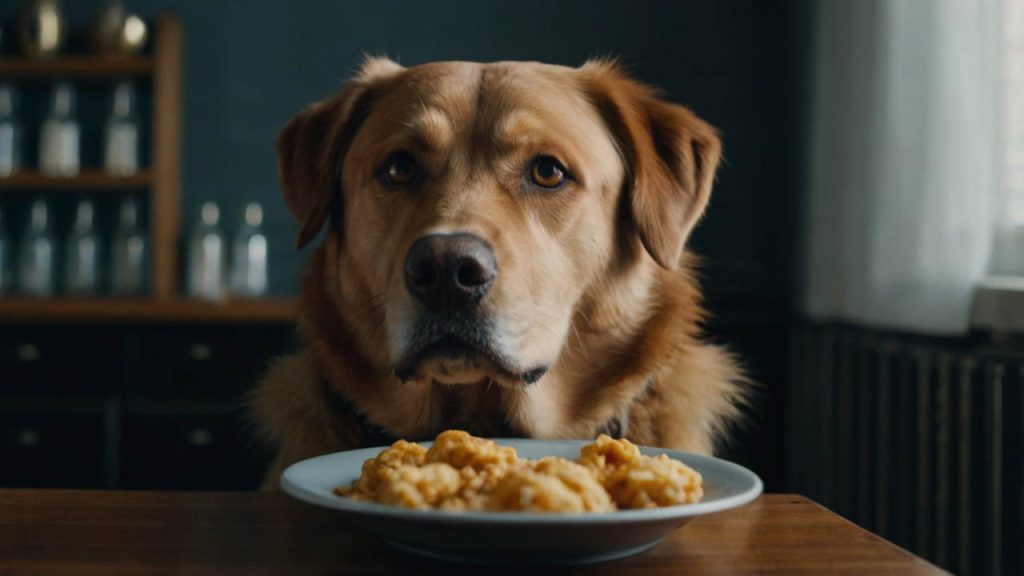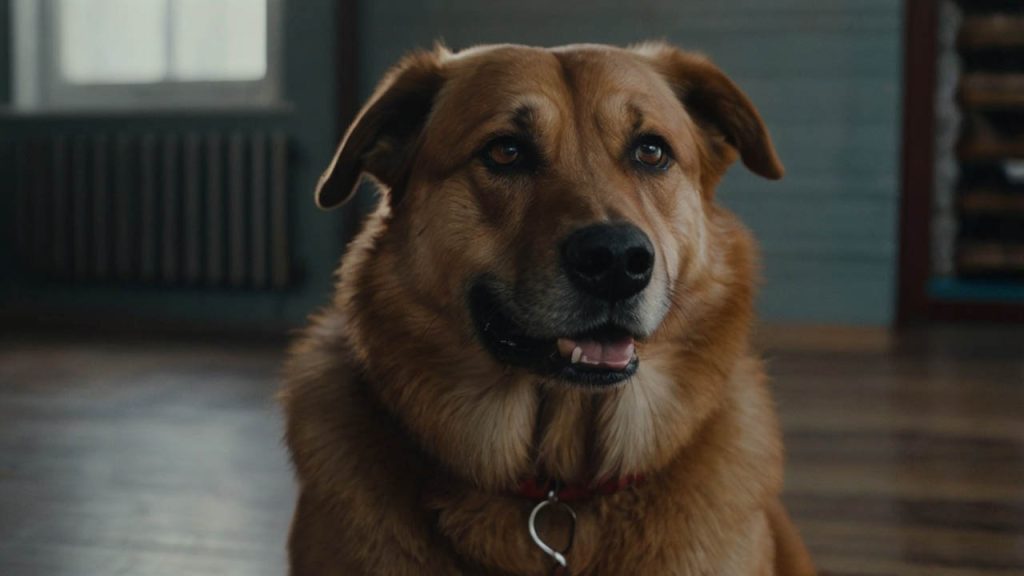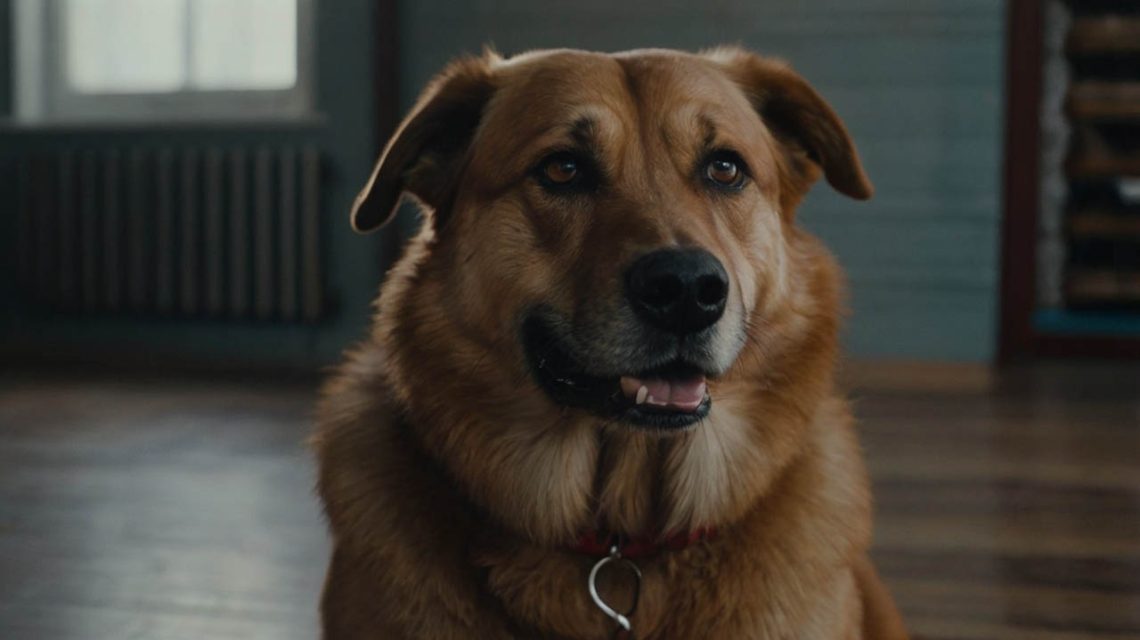Dog Not Eating But Acting Normal: Your Complete Guide to a Puzzling Problem
It’s one of the most confusing situations a dog owner can face. Your dog greets you at the door with a wagging tail, eagerly chases their favorite ball across the yard, and snuggles up for pets—but when you put their food bowl down, they sniff it and walk away. This puzzling scenario, a dog not eating but acting normal, can send a wave of worry through any pet parent. After all, a healthy appetite is a primary sign of a healthy dog. Consequently, a sudden refusal to eat, even without other symptoms, demands your attention.
This comprehensive guide will provide a complete storyline to help you understand and address this common issue. We will explore the wide range of potential causes, from simple behavioral quirks to subtle but serious health concerns. Therefore, you will learn how to assess the situation, what safe home remedies you can try, and, most importantly, when it’s time to stop guessing and call your veterinarian.
Why a ‘Dog Not Eating But Acting Normal’ is So Perplexing
The core of the confusion lies in the mixed signals. On one hand, your dog’s energy level, playfulness, and affectionate behavior suggest everything is fine. On the other hand, refusing a meal goes against their fundamental nature as food-motivated animals. This contradiction makes it difficult to know whether you’re dealing with a minor issue or the very first sign of a larger problem.
It’s important to differentiate between a single skipped meal and a consistent pattern. A healthy adult dog can miss a meal without it being a cause for alarm. However, if your dog not eating but acting normal becomes a recurring theme, it’s time to play detective.

Benign Reasons for a Dog Not Eating But Acting Normal
Let’s start with the less worrisome causes. Often, the reason your dog is skipping meals has a simple, non-medical explanation.
Behavioral Causes: Pickiness and Food Fatigue
Just like people, dogs can get tired of eating the same thing every day.
- Food Boredom: If your dog has been on the same brand and flavor of food for years, they may simply be bored.
- Treat Overload: Have they had a lot of high-value treats, a dental chew, or table scraps recently? They might just not be hungry for their less-exciting kibble.
- A Learned Behavior: If you immediately offer them something better (like chicken or steak) the moment they refuse their kibble, you may have inadvertently taught them that holding out leads to a meal upgrade.
Environmental and Situational Stressors
A dog’s appetite is closely linked to their emotional state. A dog not eating but acting normal could be a subtle sign of stress.
- Changes in Routine: A new work schedule, a new baby, or even rearranged furniture can be stressful for a sensitive dog.
- New People or Pets: The presence of house guests or a new animal in the home can create anxiety that temporarily suppresses appetite.
- Loud Noises: Nearby construction, thunderstorms, or fireworks can make a dog too anxious to eat.
- Hot Weather: It’s very common for dogs to eat less when the weather is hot. Their energy expenditure is lower, so their caloric needs decrease temporarily.
Recent Medical Events with Mild Side Effects
- Vaccinations: It is a well-known and normal side effect for a dog to have a decreased appetite for 24-48 hours following their vaccinations.
- New Medication: Some medications can cause mild, temporary nausea or appetite loss as a side effect.

Medical Reasons for a Dog Not eating But Acting Normal
This is where careful observation becomes critical. Sometimes, a lack of appetite is the very first, subtle clue of an underlying health issue, even before other symptoms like lethargy appear.
Hidden Dental Pain: The Most Common Culprit
Dental disease is one of the most frequent yet overlooked reasons for a dog not eating but acting normal. A dog can still be eager to play and cuddle, but the act of chewing hard kibble is painful.
- Signs to Look For: Watch for them dropping food from their mouth, chewing on only one side, excessive drooling, or a sudden preference for softer foods. Bad breath is another major indicator of dental problems. According to the American Veterinary Medical Association (AVMA), most pets have evidence of dental disease by age three.
Subtle Nausea or Mild Stomach Upset
Your dog might feel slightly “off” or nauseous, but not sick enough to be vomiting or lethargic.
- Signs to Look For: You might notice subtle clues like increased lip-licking, drooling, or eating grass outside. This is often the first stage of a gastrointestinal issue that could worsen later.
Early Stages of Underlying Illness
While less common, a persistent loss of appetite can be an early warning sign of more serious conditions like kidney disease, liver problems, or even cancer. In the initial stages of these diseases, the dog may still feel well enough to maintain normal activity levels. This is why a continued lack of appetite should never be ignored.
Your Action Plan: What to Do When Your Dog Isn’t Eating But Acting Normal
Now that you understand the potential causes, here is a step-by-step plan to follow.
Step 1: The 24-Hour Observation Rule (for Healthy Adult Dogs)
If your healthy adult dog misses a single meal but is otherwise completely normal, you don’t need to panic.
- Observe Closely: For the next 24 hours, monitor them. Are they drinking water? Are their energy levels still high? Are they urinating and defecating normally?
- Remove the Food: If they don’t eat within 15-20 minutes, pick up the bowl and don’t offer any other food or treats until their next scheduled mealtime. This prevents them from “grazing” and reinforces a regular eating schedule.
Step 2: Safe and Simple Ways to Entice Your Dog to Eat
If you suspect the issue is behavioral, you can try these safe tricks to make their food more appealing.
- Add a Topper: Mix a tablespoon of plain canned dog food, a small amount of plain canned pumpkin, or a few shreds of cooked chicken into their kibble.
- Use Warm Water or Bone Broth: Pouring a small amount of warm water or low-sodium, onion-free bone broth over their kibble can release the aroma and make it much more enticing.
- Try Hand-Feeding: For some dogs, the act of being hand-fed can provide the encouragement they need to start eating.
Step 3: When You Must Call the Veterinarian
This is the most important step. You need to know when to stop observing and seek professional help. Call your vet if:
- Your dog has skipped more than two consecutive meals (or for more than 24 hours).
- The rule is different for puppies. A dog not eating but acting normal who is still a puppy needs a vet call much sooner, as they are at risk for hypoglycemia (low blood sugar).
- Any other symptoms develop, such as vomiting, diarrhea, lethargy, or signs of pain.
- Your dog is also refusing to drink water.
- You know your dog has a pre-existing medical condition (like diabetes or kidney disease).
Conclusion: Trust Your Instincts and Your Veterinarian
The perplexing case of a dog not eating but acting normal is a common challenge that requires careful observation and a level-headed approach. While the cause is often a simple behavioral issue like food boredom or mild stress, it can also be the first subtle sign of a hidden medical problem, especially dental pain.
By following the storyline of observing, enticing, and knowing when to escalate, you can confidently navigate this situation. Your role is to be your dog’s best advocate. When in doubt, a quick phone call to your veterinarian is always the wisest and safest course of action.
Has your dog ever gone on a hunger strike while otherwise acting fine? What was the cause, and what solution worked for you? Share your story in the comments below to help other dog owners!


